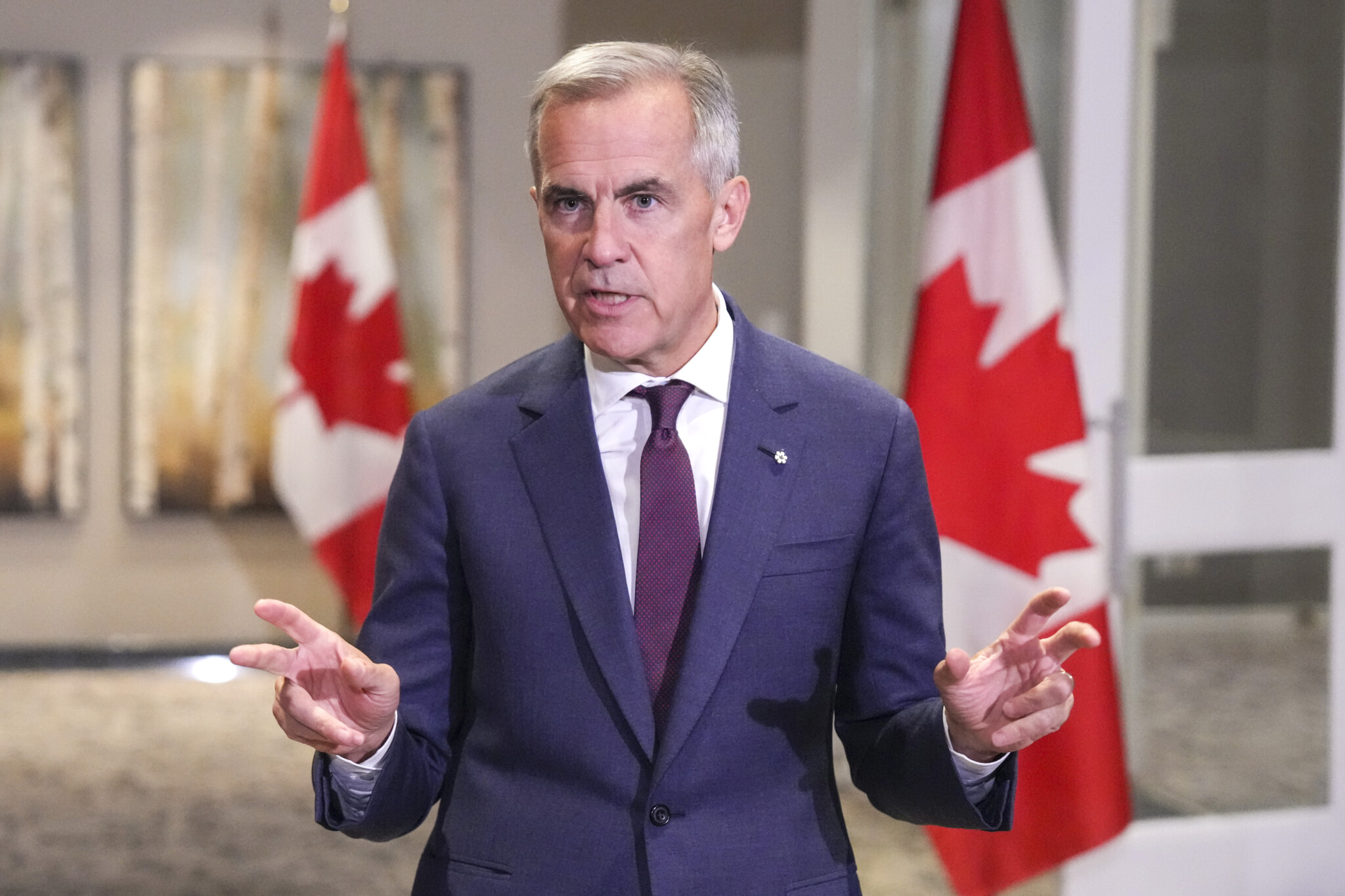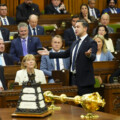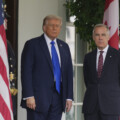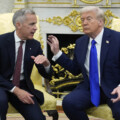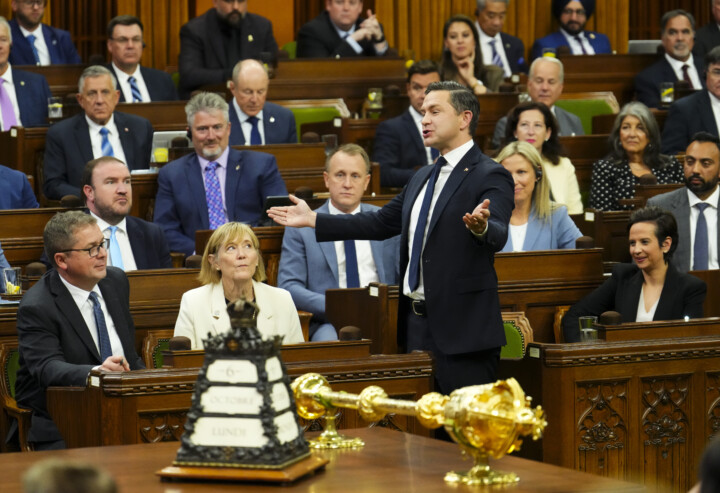The Carney government is flooding the zone. Announcements, press releases, ribbon cuttings, bold promises, and a prime minister racking up air miles on foreign trips. All of it is meant to mask a single uncomfortable reality: The economic news is grim and getting grimmer.
Start with trade. Canada has made no progress in stabilizing its relationship with the United States, our most important economic partner. Washington is barreling into an election year, protectionism has not abated, and the White House is looking inward. The U.S. is distracted, and Canada is left knocking on the door. With the 2026 CUSMA review looming and disputes over softwood lumber and tariffs unresolved, the relationship feels as unsettled as ever. Ottawa admits this fragility has consequences, but acknowledging a problem is not the same as fixing it.
Meanwhile, jobs are bleeding. Canada lost 41,000 positions in July and another 66,000 in August, pushing unemployment to 7.1 percent. That is not a statistical hiccup. It is becoming a trend. And if the public sector cuts Mark Carney has hinted at appear in the fall budget, the numbers will deteriorate further. Cuts might reassure bond markets, but they will not reassure families worried about their next paycheque.
Growth is sagging as well. The economy shrank at a 1.6 percent annualized pace in the second quarter after a modest gain in the first. Monthly GDP fell slightly in April and May and again in June. That is weakness, not collapse, but it puts the risk of a technical recession squarely on the table. Economists may debate whether it counts as a recession. Canadians tell us there is no debate. They already feel it in their wallets.
Exports tell the same story. Total shipments edged up in June and July, but that only masked deeper trouble. Exports to the United States remain more than 10 percent below last year, and exports outside the United States fell by nearly 9 percent in July alone. Energy is a bright spot, with oil and gas leading the rebound south of the border. For Ottawa, that means Alberta’s leverage is increasing. For a party that struggles to win west of Winnipeg, that is not just a political headache. It could become a migraine.
If this were a new majority with a fresh mandate, the damage could be blamed on the old regime. But this is a minority led by the same party, with only the leader swapped out. It is hard to tell Canadians the previous folks were incompetent when you are the previous folks.
So, the government does what governments do. It announces and announces again. It floods the zone. It points to lists of priorities and promises. But the House is about to return. Politics, politely suspended since the election, will come roaring back. And when the fall budget is tabled, the economic debate will be unavoidable.
To be fair, the government is doing as well as anyone could under the circumstances. The global economy is sluggish. Inflation has cooled, but growth has not returned. Carney is left to manage a minority Parliament, a faltering economy, and an anxious electorate. Still, if the government’s numbers slip in a meaningful way, it becomes one more burden on a leader whose economic agenda is already difficult to deliver.
And here is the reality the government cannot flood away: For Canadians, the economy tops the list of concerns—above all, the affordability of day-to-day living. That was the dominant issue in the last election, and it has only intensified since. Trade policy and the question of who could best handle Trump mattered in 2025, but not because it was the top issue. It mattered because almost everyone who ranked it highest voted Liberal. On the core issue of cost of living, the Conservatives actually outperformed the Liberals.
But Canadians are not looking wistfully back at Pierre Poilievre and saying they made a mistake. They want Carney to succeed. They want stability, competence, and some sign of progress. What undermines the government is not buyer’s remorse but the harsh facts of day-to-day economics. Simply being a chippy restater of the obvious will not be enough for Poilievre to get back on the radar. If he and his party are to become a viable alternative, they must lean into the challenges confronting the country and offer a better way forward.
Flooding the zone can work for a while. It can distract. It can confuse. It can buy time. But eventually the water recedes. What remains is the truth. And the truth right now is that Canada’s economy is barely treading water, and unless the government can find a credible way to communicate progress and hope, Canadians will look to someone else to lead them at the next election.
